
Capitoline Square and Museums
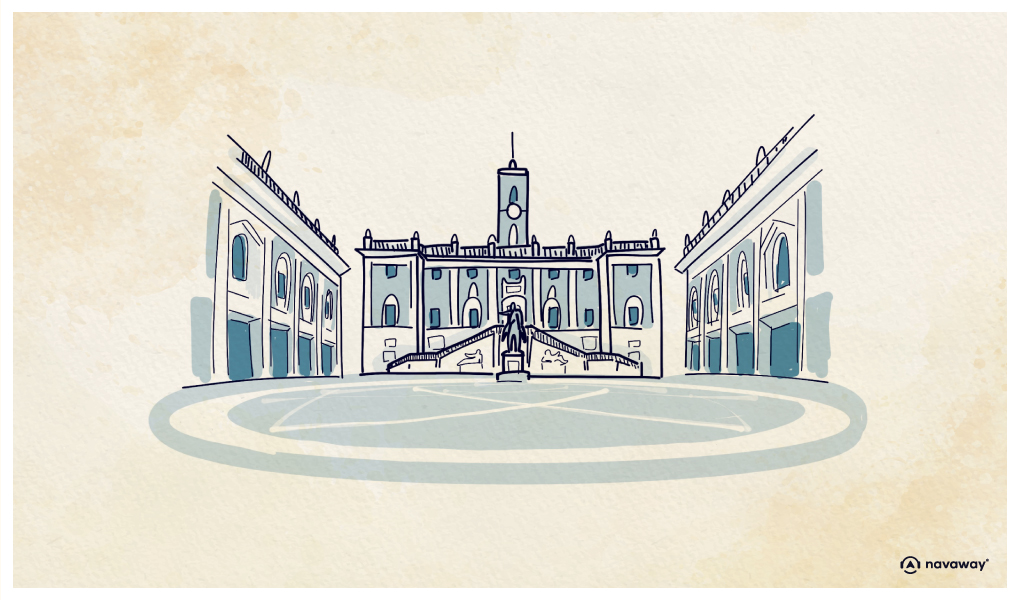
This point of interest is available as audio on the tour: Visit Rome, The Eternal City
You’re now in the very heart of Rome, atop the smallest of its seven hills, the Capitoline Hill. In ancient times, this was the site of a fortress overlooking the Forum. The former stood as a symbol of the city’s political and religious power. But by 1536, the hill, flanked by several medieval monuments in a state of disrepair, was long overdue for a facelift. Pope Paul III wanted to impress Emperor Charles V who was coming for a visit, so he called in Michelangelo to work his magic and design a new square. The architect built it to overlook the St Peter’s Basilica, the political hub of 16th-century Rome. To achieve this, he had the La Cordonata built in the same direction. It’s the grand staircase you just climbed, which at the time was accessible to pedestrians and horsemen. At the top, you’ll be greeted by the twin statues of the Dioscuri, Castor and Pollux. According to Greek mythology, Zeus, the king of the gods, seduced Leda, Queen of Sparta, and transformed her into a swan. From this union, she laid two eggs – one fertilized by the King of Sparta and the other by Zeus. Castor was thus born mortal while Pollux immortal. The latter asked his father to make his brother a God, but Zeus refused and suggested instead that Pollux spend every other day on Olympus with him, and stay with his brother for the rest of the time. The twins even became a zodiac sign! They’re the Gemini! So much for introductions. Back to the Capitoline Square! Michelangelo began by installing the bronze equestrian statue of Marcus Aurelius at the center of the square. You see, it had previously stood in the Piazza San Giovanni. What you see today is a copy; you can see the original in the Capitoline Museum. Marcus Aurelius was an emperor and philosopher, known as the last of the Five Good Emperors of the Pax Romana, a golden era of peace and prosperity back in the first century AD. His reign marked the apogee of the Roman Empire, which would never be as rich and strong again. Behind him is the Senatorial Palace, the world’s oldest town hall. It was built on the ruins of the Tabularium, a sort of municipal archive in ancient Rome, named after the wax tablets stored there; these were used in the ancient world for writing. Today, you can admire the double staircase just up front, decorated with a fountain topped by the goddess Roma and framed by two statues, depicting the Nile River on the left and the Tiber on the right. Now, if you look on your right, you’ll see the Palazzo dei Conservatori which served as the seat of justice for almost 4 centuries. Back in the Middle Ages, it saw the magistrates representing the secular government squabbling with the Catholic Church government. And how could we forget? This is where the historic Treaty of Rome was signed in 1954, establishing the European Economic Community. So you see, the building had seen its fair share of history before Michelangelo got his hands on it. This old medieval palace was transformed into a monument of classical architecture, with columns and balustrades. To give the square more of a balanced look, they built a second, identical palace in 1603 right opposite the Palazzo dei Conservatori. It’s the Palazzo Nuevo to your left. Unfortunately, Michelangelo died in 1564 and never got to see the square completed. Today, the three palaces house the famous Capitoline Museums. This complex is Rome’s primary civic museum and it’s thought to be the world’s first-ever museum, having been founded in 1471. Inside, you’ll find collections of sculptures, paintings, and mosaics from all over Rome.

Discover other tours to visit Rome

Discover Rome with app
An interactive guide through the most beautiful streets, squares, and districts
23 fun audioguides full of historical facts, anecdotes, and legends
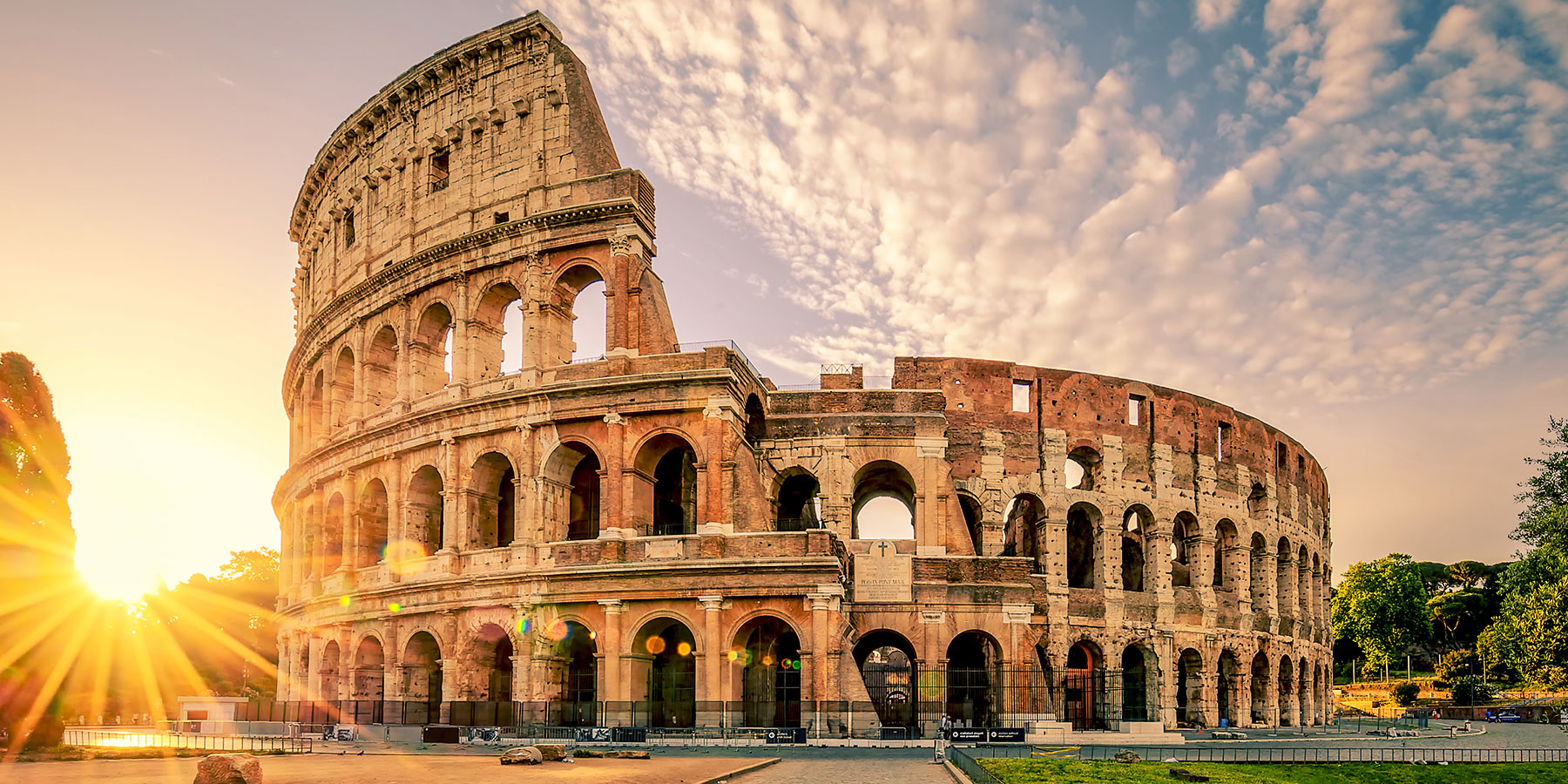
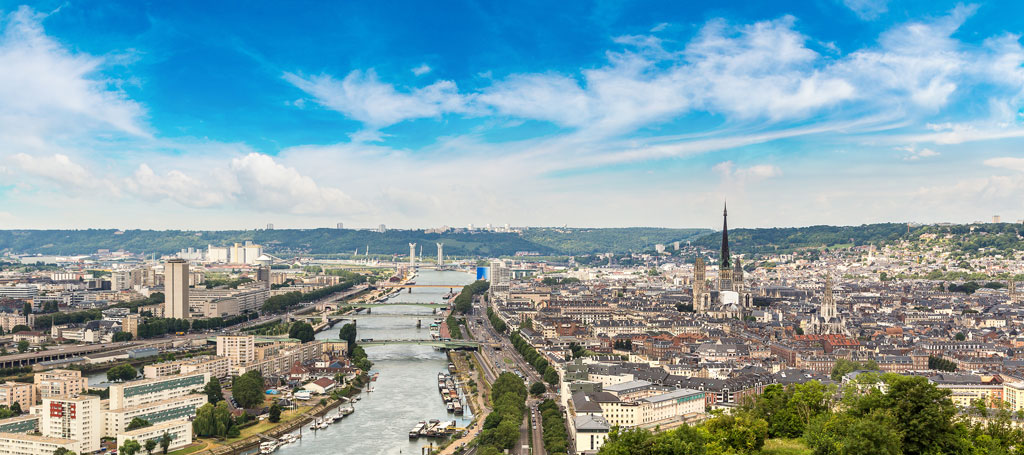
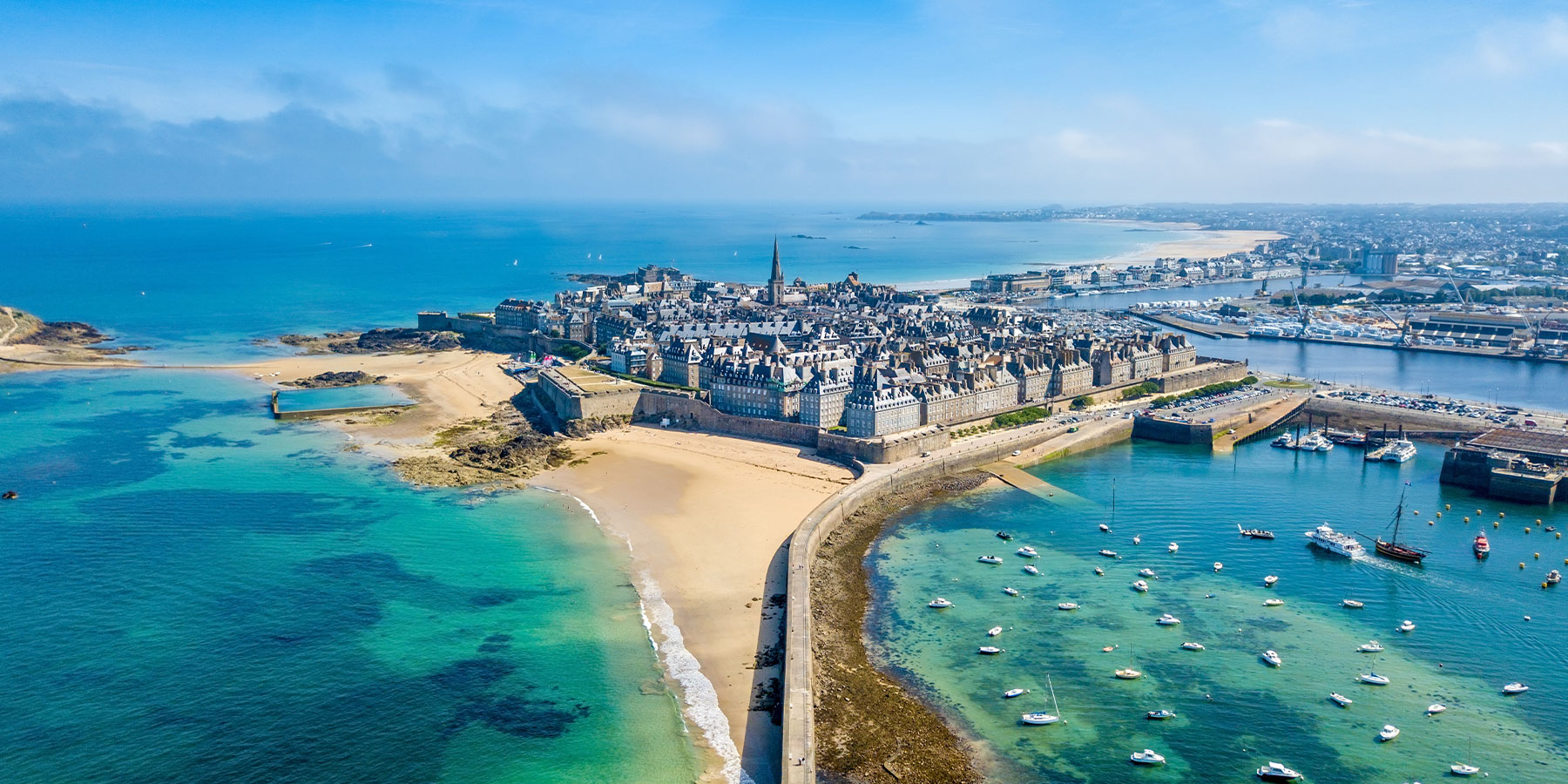
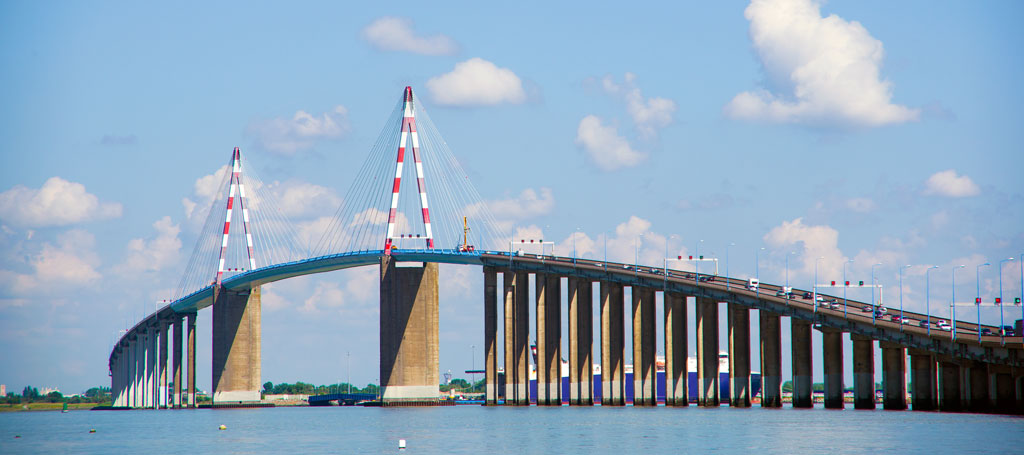


Comments